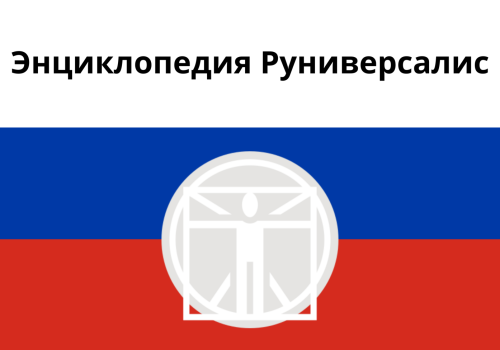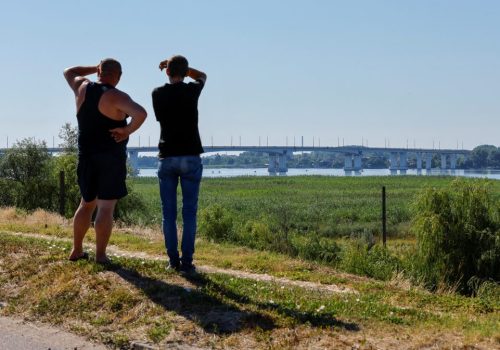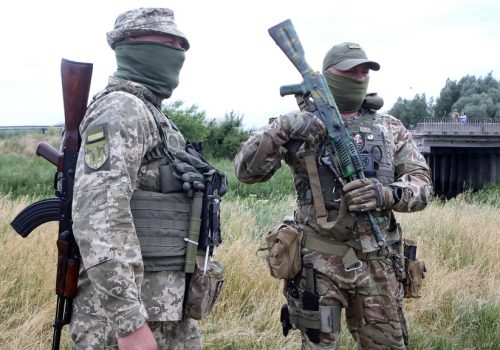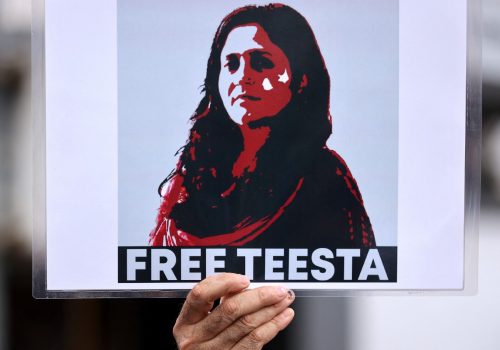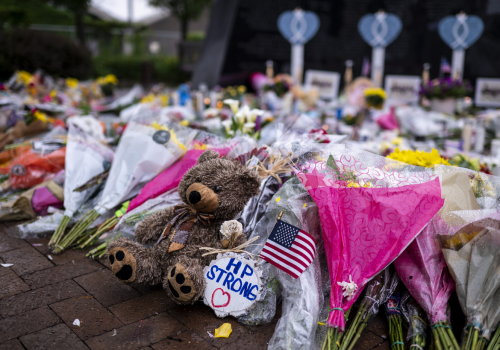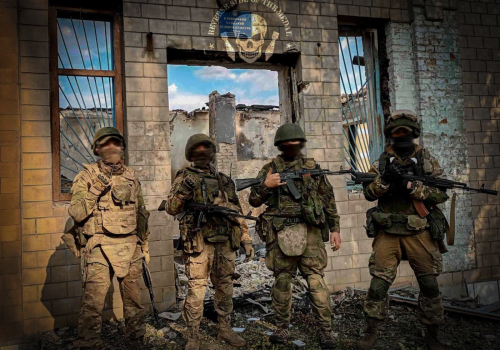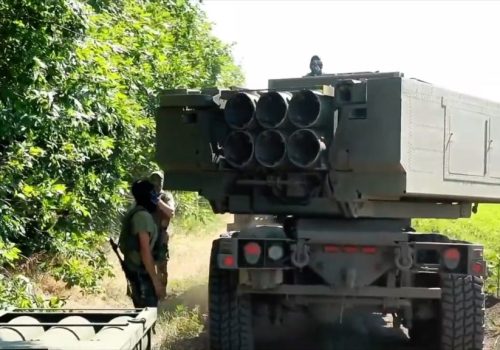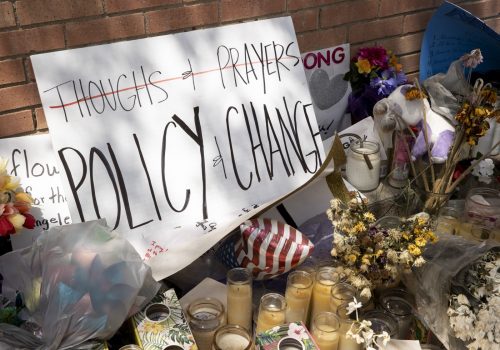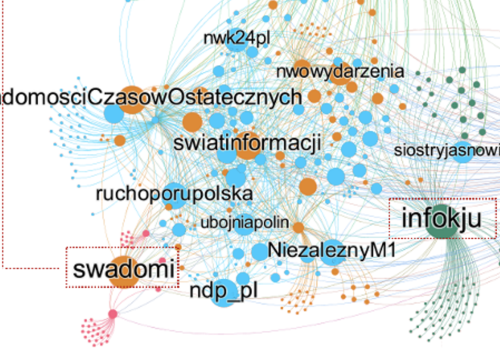Topic
Thu, Sep 1, 2022
Pro-Kremlin Wikipedia alternative off to a rough start
Member-only pages, restrictive content policies, and a lack of transparency: Runiversalis is a wiki in name only.
Wed, Aug 31, 2022
How CSSAs reinforce official narratives to expat Chinese students on WeChat
The DFRLab analyzed WeChat articles from Chinese Students and Scholars Associations across the US, UK, Canada and Australia.
Wed, Aug 31, 2022
WeChat channels keep Chinese students in US tied to the motherland
How Chinese government perspectives are reinforced among Chinese students at US universities via WeChat.
Fri, Jul 29, 2022
Russian War Report: Russia minimizes Ukrainian damage of strategic bridge in Kherson
During a video speech on July 27, Ukrainian President Volodymir Zelenskyy stated that the Ukrainian military had disabled the Antonovsky bridge in Kherson to the point that was no longer usable by occupying Russian forces. The bridge has been targeted by Ukrainian forces for more than a week. While it remains standing, it has been hit multiple times by high-precision HIMARS munitions provided by the US.
by Digital Forensic Research Lab
Fri, Jul 22, 2022
Russia War Report: Russia accuses Ukraine of creating ‘monster’ troops in biolabs
Russian officials are spreading the newest iteration of the conspiracy that suggests the United States is running secret biolabs in Ukraine, this time suggesting that Ukraine has created experimental “monster” troops.
by Digital Forensic Research Lab
Wed, Jul 20, 2022
Twitter campaign targeting detained Indian activist based on misleading tweet
Teesta Setalvad, arrested for probing Modi’s role in 2002 Gujarat riots, targeted online by BJP supporters and other Hindu nationalists.
Thu, Jul 14, 2022
Transphobic misinformation trends on Twitter after Highland Park shooting
Right-wing accounts spread harmful narratives associating transgender people with violent behavior and mental illness.
Fri, Jul 8, 2022
Wagner Group continues involvement in Russian operations in Eastern Ukraine
Russian mercenaries maintaining a relatively low profile in Ukraine, unlike their presence in Africa and Syria.
by Ruslan Trad
Thu, Jul 7, 2022
Russian War Report: Ukraine uses HIMARS effectively to hit Russian ammo dumps
As Russia continues its assault on Ukraine, the Atlantic Council’s Digital Forensic Research Lab (DFRLab) is keeping a close eye on Russia’s movements across the military, cyber, and information domains. With more than seven years of experience monitoring the situation in Ukraine—as well as Russia’s use of propaganda and disinformation to undermine the United States, NATO, and the European Union—the DFRLab’s global team presents the latest installment of the Russian War Report.
by Digital Forensic Research Lab
Thu, Jul 7, 2022
Cracks emerge in Russia’s ‘Digital Iron Curtain’
Kremlin-controlled outlets maintain presence on Facebook and Twitter despite the platforms being banned in Russia.
Fri, Jun 3, 2022
Latinos in the US turn to WhatsApp groups for information on the Uvalde shooting
Spanish-language WhatsApp groups discussed solutions to school shootings and shared information from Latin American media sources.
Tue, May 31, 2022
Polish-language Telegram channels spread anti-refugee narratives
The DFRLab identified 27 Telegram channels spreading anti-refugee disinformation as Ukrainians flee to Poland.

